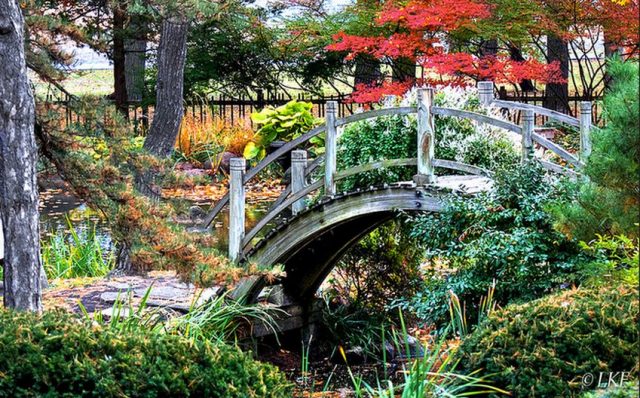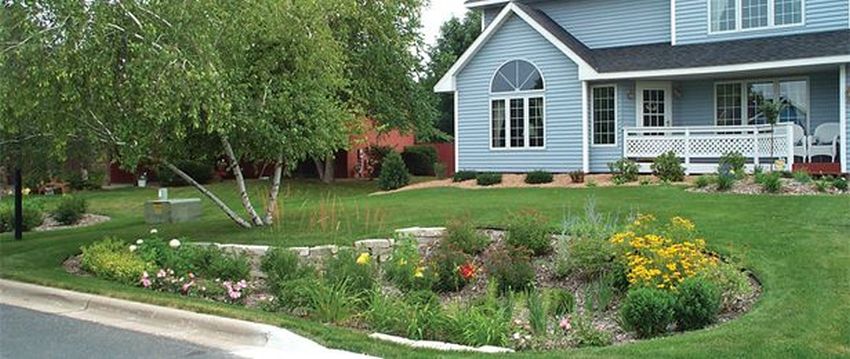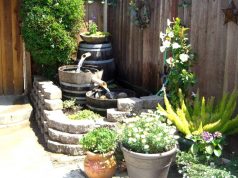
Urbanization is one of the biggest phenomenon today. Due to the global impact of the economy based on technology, industrial production and service activities, we are witnessing uncontrolled development of cities, urbanization of rural areas and fast-growing road infrastructure network. Everything is directed and subordinated to commercialization and consumer society. The consequence of aggressive urbanization does not only affect the nature, the flora and fauna, but also people.
The surfaces of concrete and asphalt createunnatural conditions of urban life, prevent the normal flow of air and water drainage. The result of this, among other things, are the frequent floods in cities. City areas covered with concrete are not able to absorb optimal precipitation, so almost every downpour can cause floods.

“As we urbanize, we’ve added impervious surfaces, creating more problems with flooding, putting more energy into streams, causing erosion,” as Scott Cahail explains, sustainability manager for the Kansas City, Mo., Water Services Department.
Rain gardens are easy to maintain with low resource consumption, designed to protect rivers and streams. They are very useful because they’re collecting water from hard surfaces such as access roads, terraces, roofs after rain. By using such a watering system, we actually use recycled water and save drinking water.
“These gardens can be incorporated in almost any landscape,” Chris Obropta, PhD, PE, Rutgers Cooperative Extension environmental sciences specialist explains. “We built one in the South Bronx next to a building that recycles building supplies.”
The rain garden consists of a sandy layer that is beneath the surface layer that helps slow down the precipitation water until it enters the rivers and streams. Given that the rain garden has no limitations in size, almost every household can shape its rain garden into a planting box, earthwork, infiltrating garden, green roof, porous sidewalk.

















